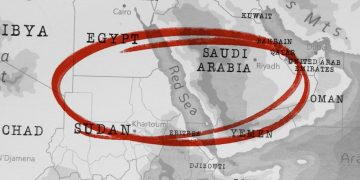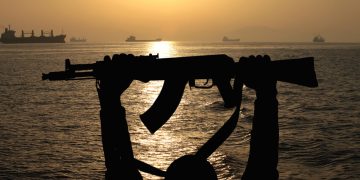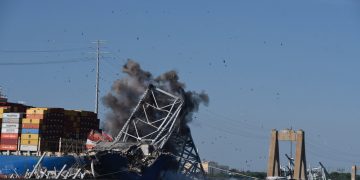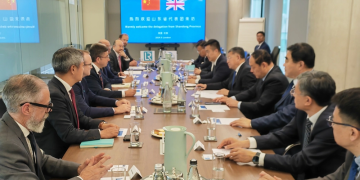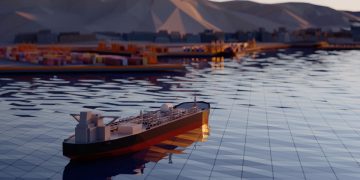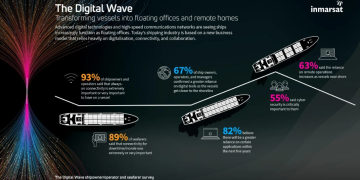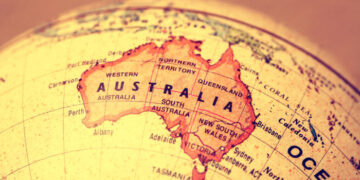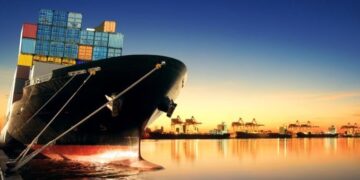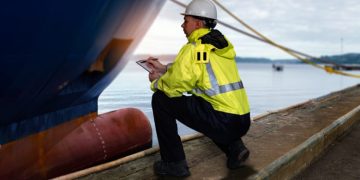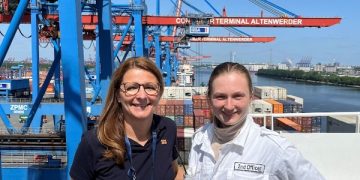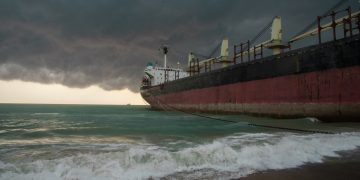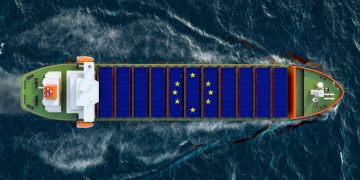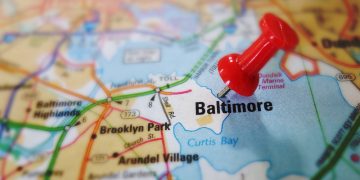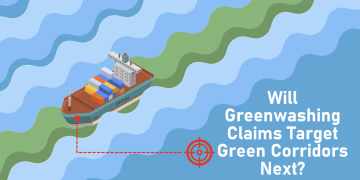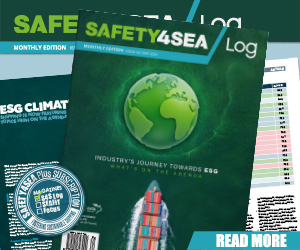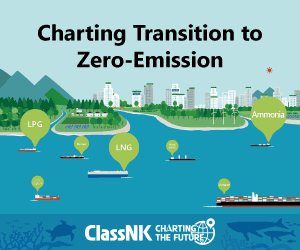Bunker company expands operations in the Gulf
Atlantic Gulf Bunkering has announced the formation of the company and the commencement of marine fuel bunker supply operations in the Gulf region in the month of August. The company will begin offering marines fuels in Mobile, Gulfport, Pascagoula and surrounding areas. In the future, the company plans to expand its reach into other ports and locations, as well as expand into deep water port development. The company is bringing into service a 2800 metric ton double hull barge and plans to bring in additional barges in the future. Atlantic Gulf will be working from several shore storage facilities in the region, which will ensure the company’s ability to consistently have the products and specifications required by its customers. “We are very excited about the formation of our company and its launch into the strategically important bunkering region of the U.S. Gulf ”, said Kirk Callais, Sales Manager for Atlantic Gulf Bunkering. “With our experienced staff and resources, we will be able to provide customers with custom blends and low-sulphur fuels that meet today’s emission requirements. We are looking forward to serving the market.” Source and Image Credit: Atlantic Gulf BunkeringIn the starting, I was open with you propecia before ...
Read more



